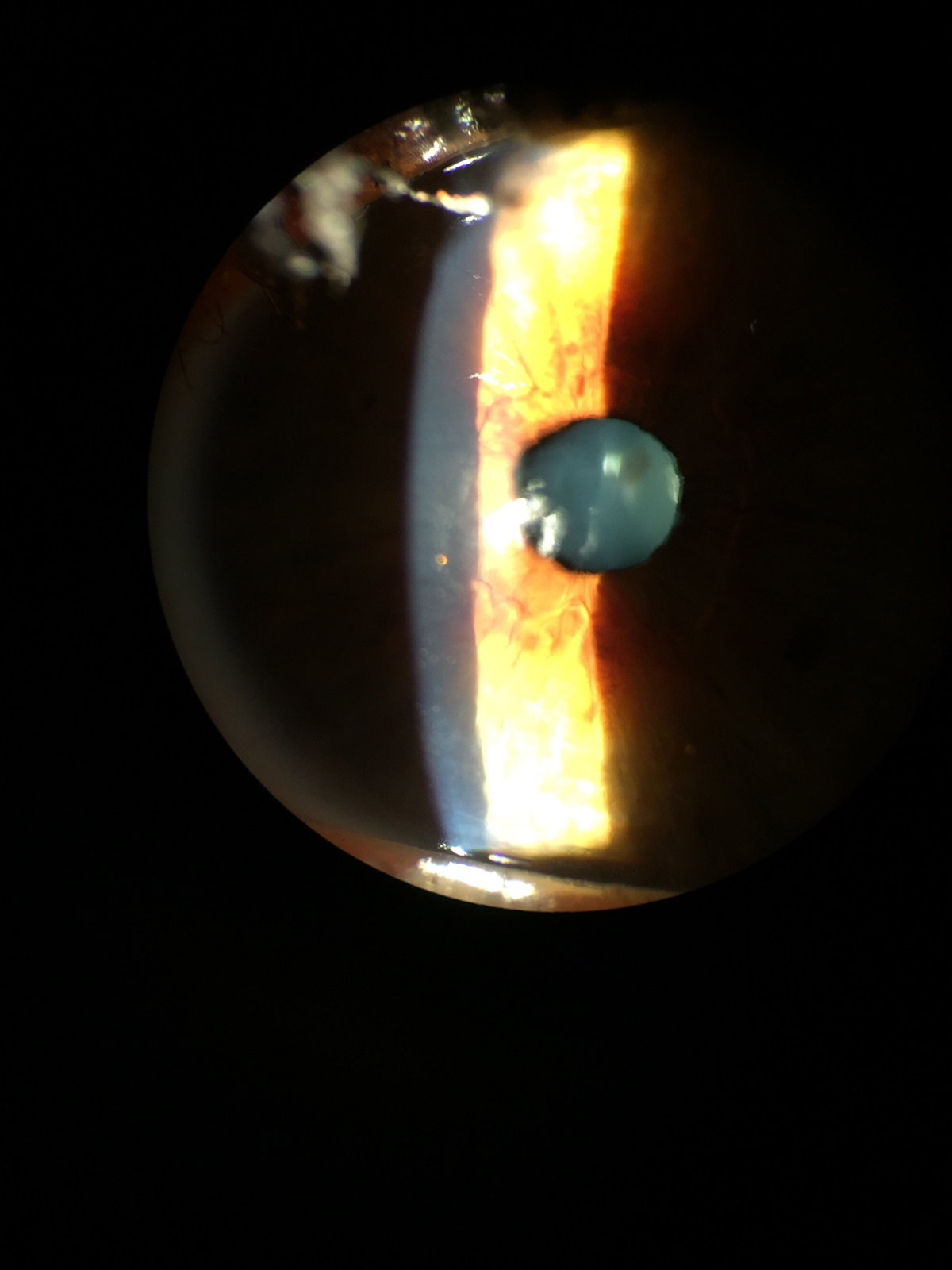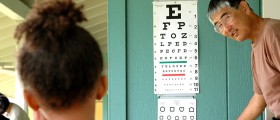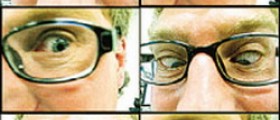Some babies may be born with certain eye problems, which are known as congenital. If there is something that affects a baby’s eyes and provokes an eye condition after birth, that problem is known as an acquired eye problem. Developmental problems caused by genetic conditions or damage to the baby (due to infection or the use of drugs) while he or she was still in the mom’s womb are common causes of congenital eye problems in newborns.
Depending on the part of the eye that is confirmed to have some problem, eye diseases in babies may affect the eyelids, the globe, cornea, iris or pupil of the eye, as well as any other part of the eye, such as the lens, vitreous, retina, choroid, etc.
Eyelid and Globe Problems in Newborn Babies
Eyelid coloboma is a medical condition associated with certain craniofacial syndromes and besides congenital ptosis (caused by the 3rd nerve palsy and Horner’s syndrome) represents a possible eyelid problem in newborns.
Nanophthalmos and microphthalmos are globe issues, characterized by small eyes with or without normal function. Additionally, babies may have other congenital globe problems, such as anophthalmos, when the optic vesicle fail to develop, coloboma (failure of complete closure of the choroid, iris or retina) and also congenital cystic eye (the globe does not develop at all).
- Cross-sectional study reviewing all referrals of infants ?1?year of age from January 1rst, 2016 to December 31rst, 2018. Medical information was retrieved from patient files covering pregnancy, birth, diagnostic work-up and ocular parameters such as refraction, visual acuity and structural findings.
- We identified 99 infants with poor or lacking eye contact. The relative frequency of causes was neurologic disease 36.4% (36/99), delayed visual maturation 24.2% (24/99), ocular disease 21.2% (21/99) and idiopathic infantile nystagmus 4.0% (4/99).
- Fourteen infants had a visual function within age-related norms at first examination despite poor eye contact at the time of referral.
- Of the infants with available data, 18/27 (33.3%) with neurologic cause, 15/23 (65.2%) with delayed visual maturation and 9/21 (42.9%) with ocular cause had visual acuity within the age-related norm at latest follow-up (0-41?months). In 23 infants, a genetic cause was found.
Cornea, Iris and Pupil Congenital Problems
The most likely corneal problem in newborns is corneal opacity, which can be either just partial or complete. Among many causes of this problem, there are congenital glaucoma, interstitial keratitis, intrauterine inflammation, megalocornea, forceps damage during birth, persistent attachment of the lens and abnormalities of endothelial development.
Corectopia (where pupils are not positioned properly), polycoria (the existence of 2 or more pupils in the eye), iris coloboma and aniridia (absence of the iris) are congenital conditions of the iris in newborn babies. Albinism is yet another possible congenital eye defect in babies, associated with impaired vision and involuntary movement of the eyeball (also known as nystagmus).
Congenital cataract can be either inherited or caused by a mother’s infection with rubella. Very young children, younger than 4 weeks, may develop glaucoma after surgical removal of the cataract or vitreous bleeding, so these babies must be very carefully monitored after the surgical procedure.
Other Congenital Eye Problems in Newborns
Babies may be born with several more eye problems, including some lens defects typical for Marfan’s syndrome, Axenfeld-Rieger’s anomaly and vitreous problems like white pupil (leukocoria) or the development of Bergmeister’s papilla or Mittendorf’s dots (the remains of the hyaloid artery on the optic disc or the lens of the eye). Furthermore, newborns may experience retinal and choroid problems, some extra-ocular defects such as craniofacial abnormalities, obstruction of the nasolacrimal duct, dermoids or just poor vision with no apparent cause.


















Your thoughts on this
Loading...